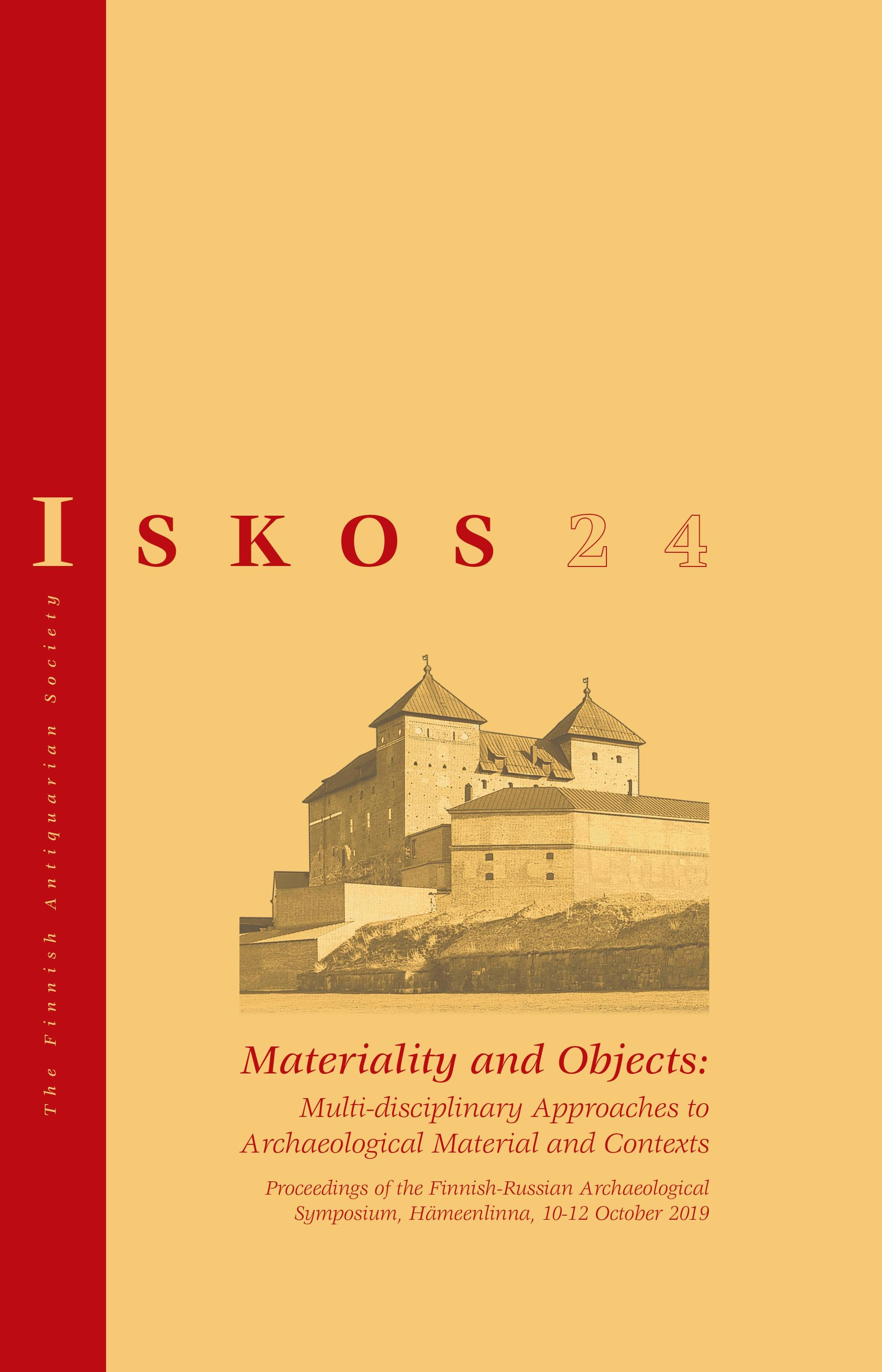Kharlovka 1-6 on the Kola Peninsula: One of the Oldest Gressbakken House Sites in Northern Fennoscandia
Abstract
The remains of a semi-subterranean house were discovered at the Kharlovka 1-6 site on the Barents Sea coast of the Kola Peninsula, Russia. Despite suffering from erosion, features such as a double stone-boarded hearth and chimney pipe together with diagnostic finds allow us to attribute the house to the so-called Gressbakken type. The artefact assemblage includes stone tools, bone and antler tools and adornments, asbestos-tempered pottery, an amber pendant and a copper tubular bead. Numerous faunal remains are primarily represented by marine species of mammals and birds. Radiocarbon dates on charcoal point to the period 2600–2300 calBC, which is also supported by the artefact types, elevation of the cultural layer and construction type of the house. When accounting for the early dates of Kharlovka 1-6 and several other dwellings, it can be assumed that the Gressbakken house tradition emerged around 2600–2300 calBC. This date is somewhat earlier than previously thought.




